rustover
Member
Hello guys. Great forum here. My name is Russ and I have two camaro projects that I'm hoping to be able to start working on again soon. I had an addition built onto the garage and I'm wanting to learn to how do body work and paint. I want to be able to do most of the work on my two projects.
This addition was suppose to be dedicated for this type of work. I have almost got it too nice to spray paint inside of it for different reasons, but I'm not going to let it stop me (I hope). The main size of the garage is 20x24 with scissor trusses. The ceiling height is around 12.5ft.
Let me know what you guys think about this: My plan is to pull fresh air from my existing garage into the new garage via an exhaust fan that is installed in the wall. I'm planning on installing two windows in the old garage that I can put filters in. The air would then pass through a filtered wall and into the spraying area, exiting through exhaust filters before the exhaust fan. The fan is a variable speed. I'm also planning on building doors to cover the filters when they are not in use.
The filtered wall will have a total of 15 tacky 20x20 filters:
3 filters on one side of the man door and 12 on the other side which will be directly across from the exhaust fan.
Here are some pics:
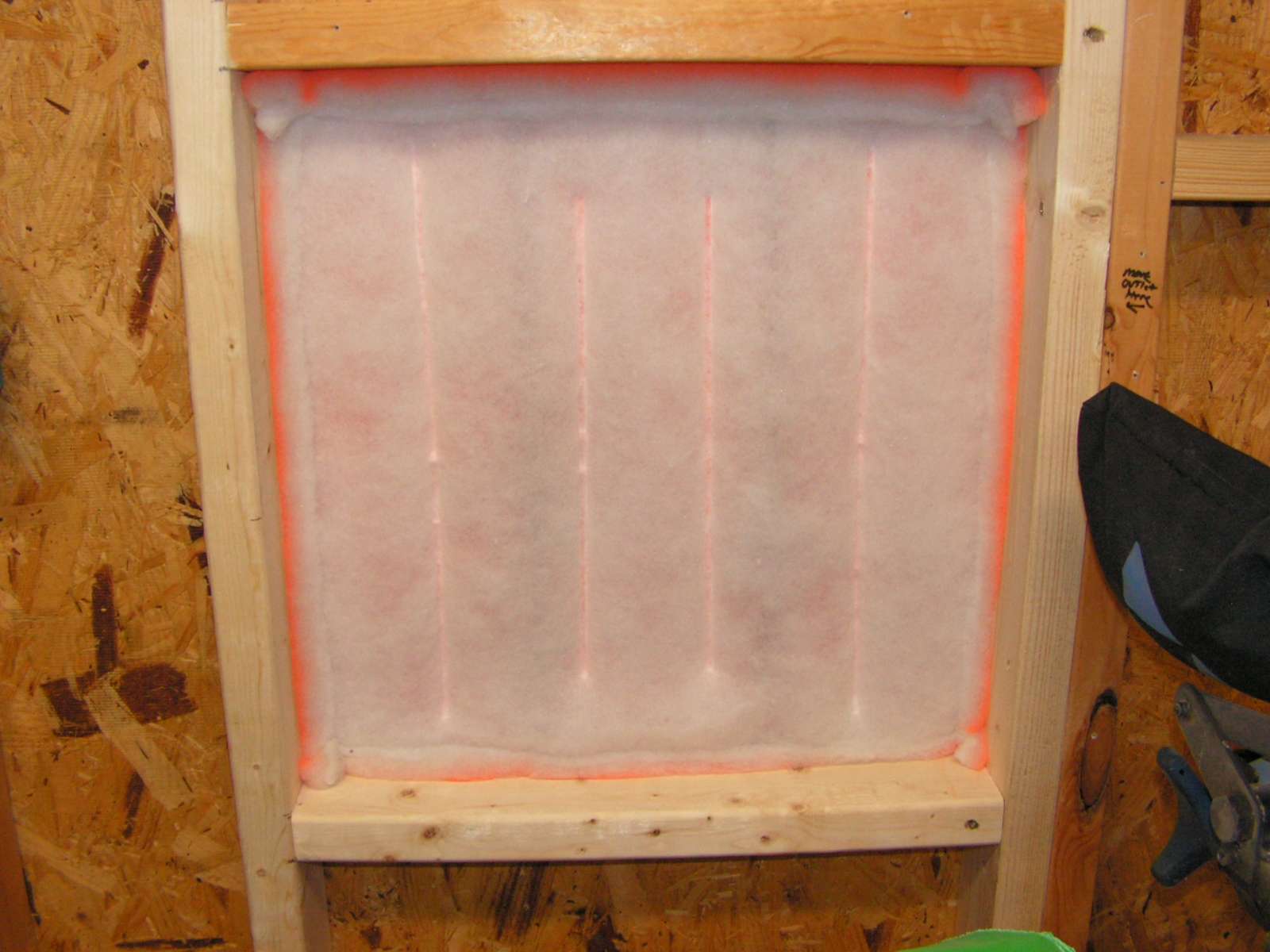
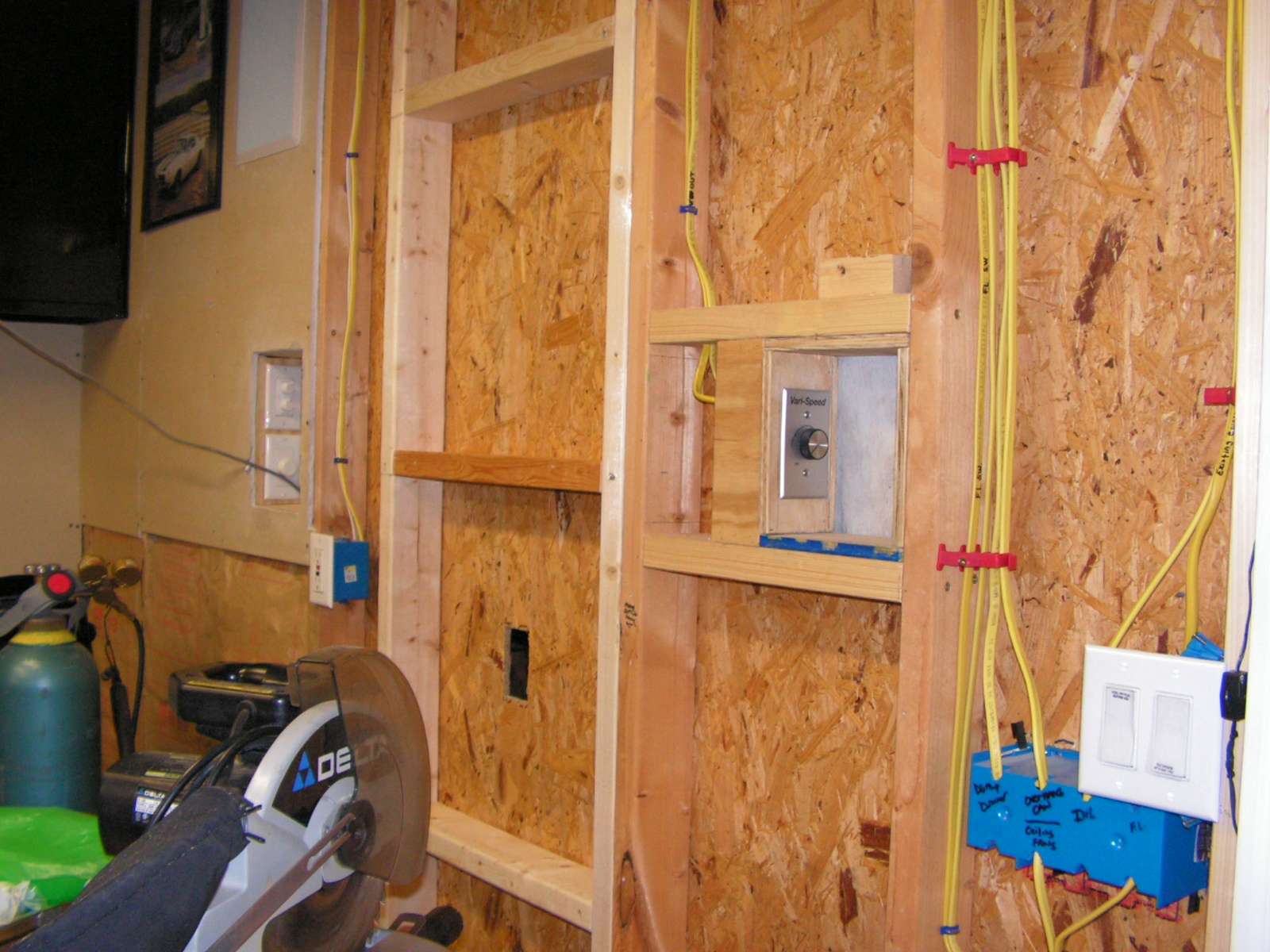

This is the other side (spraying area). I haven't cut the osb yet where the filters are:
3 filters area between the two white hanging towels:
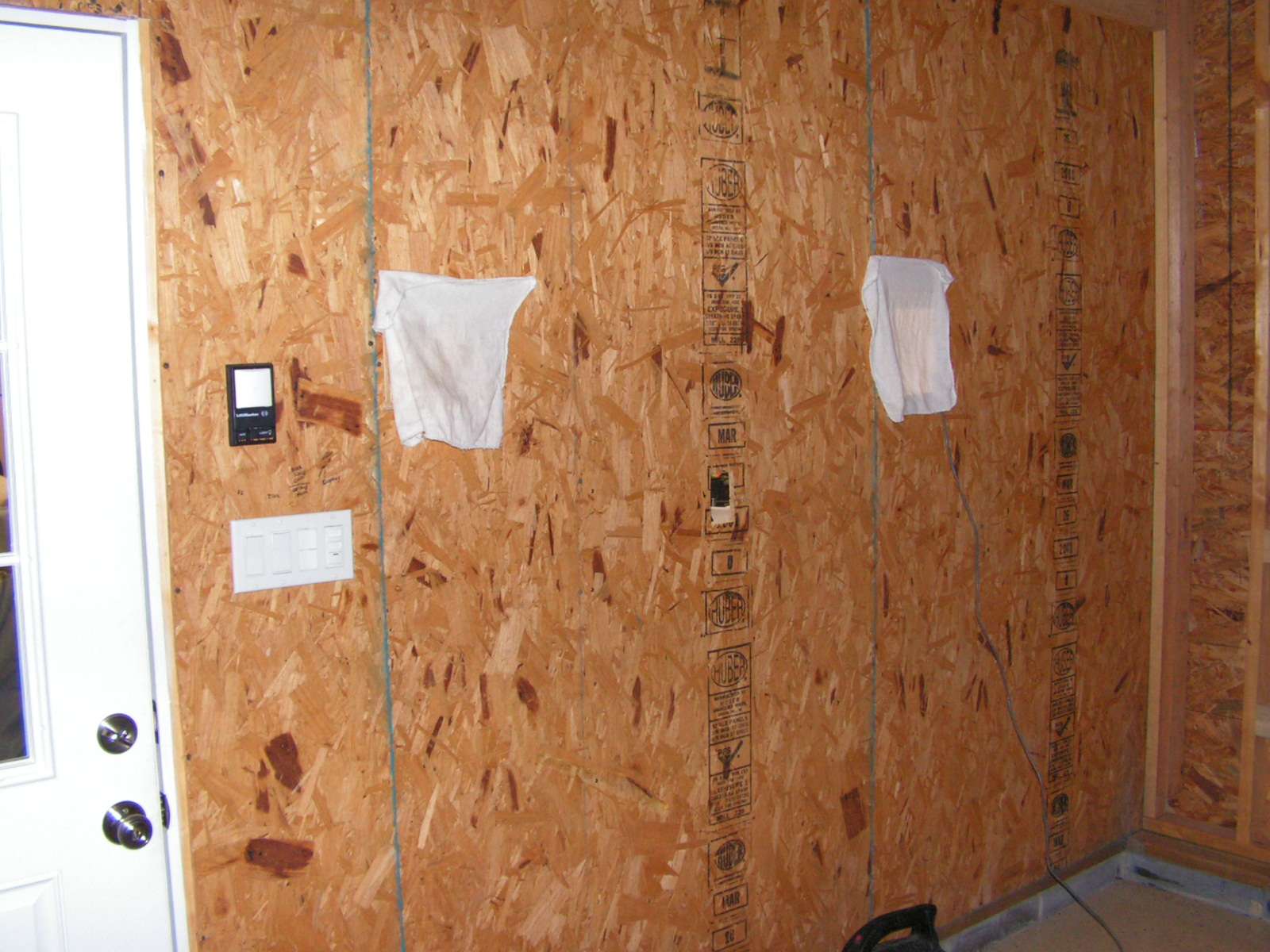
other side where 12 filters will be:
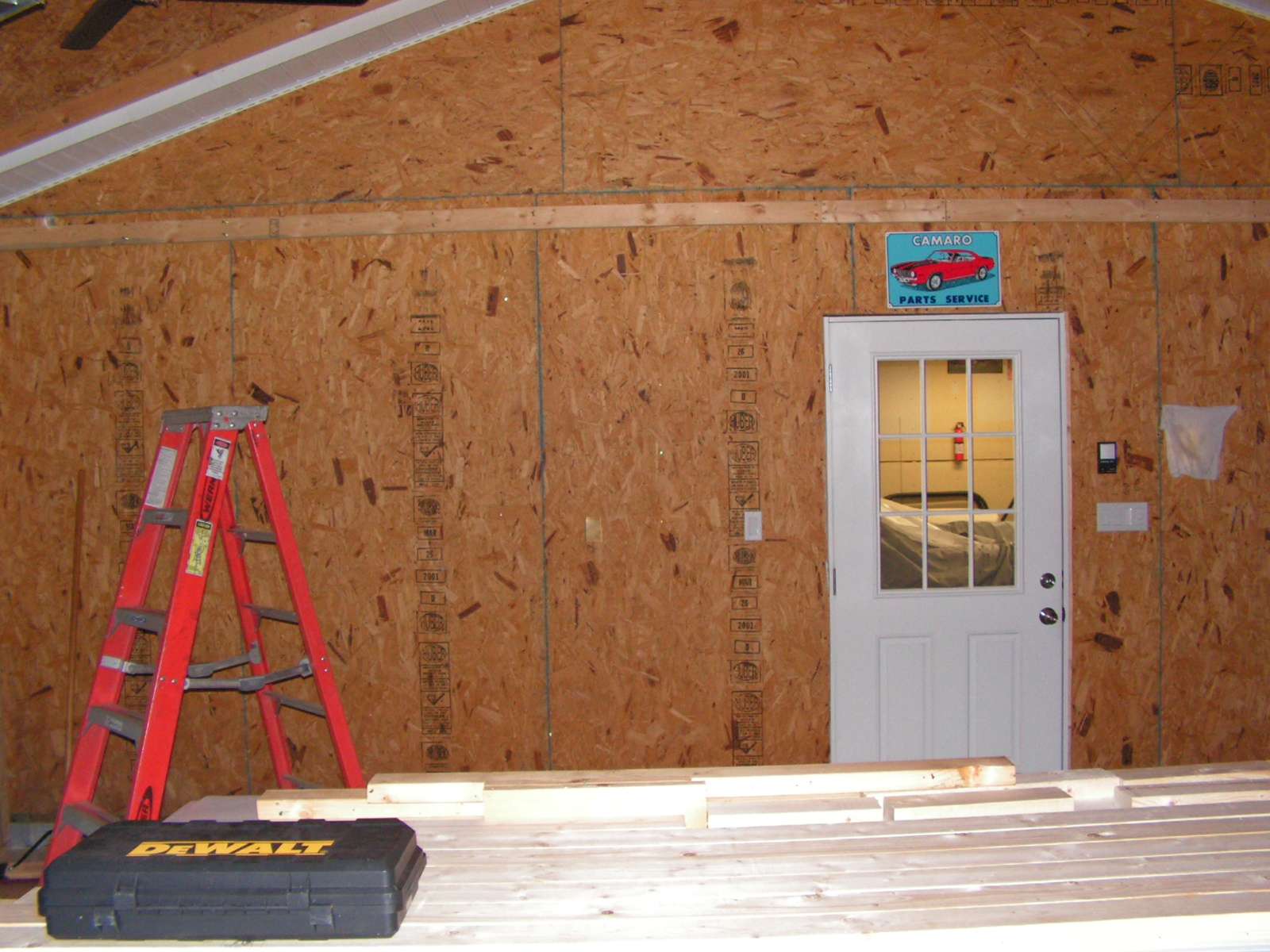
Fan

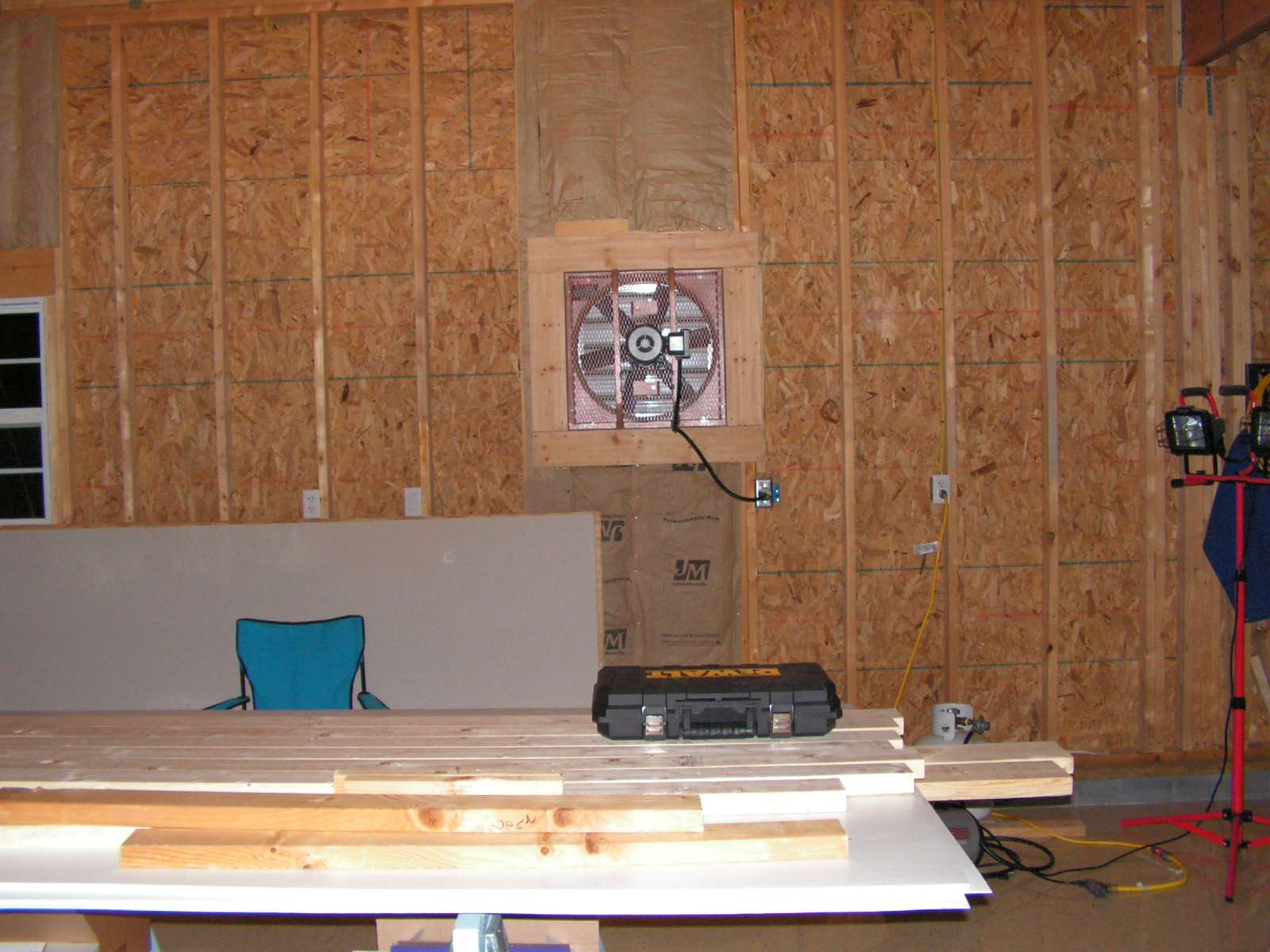
Here is the outside of the building:
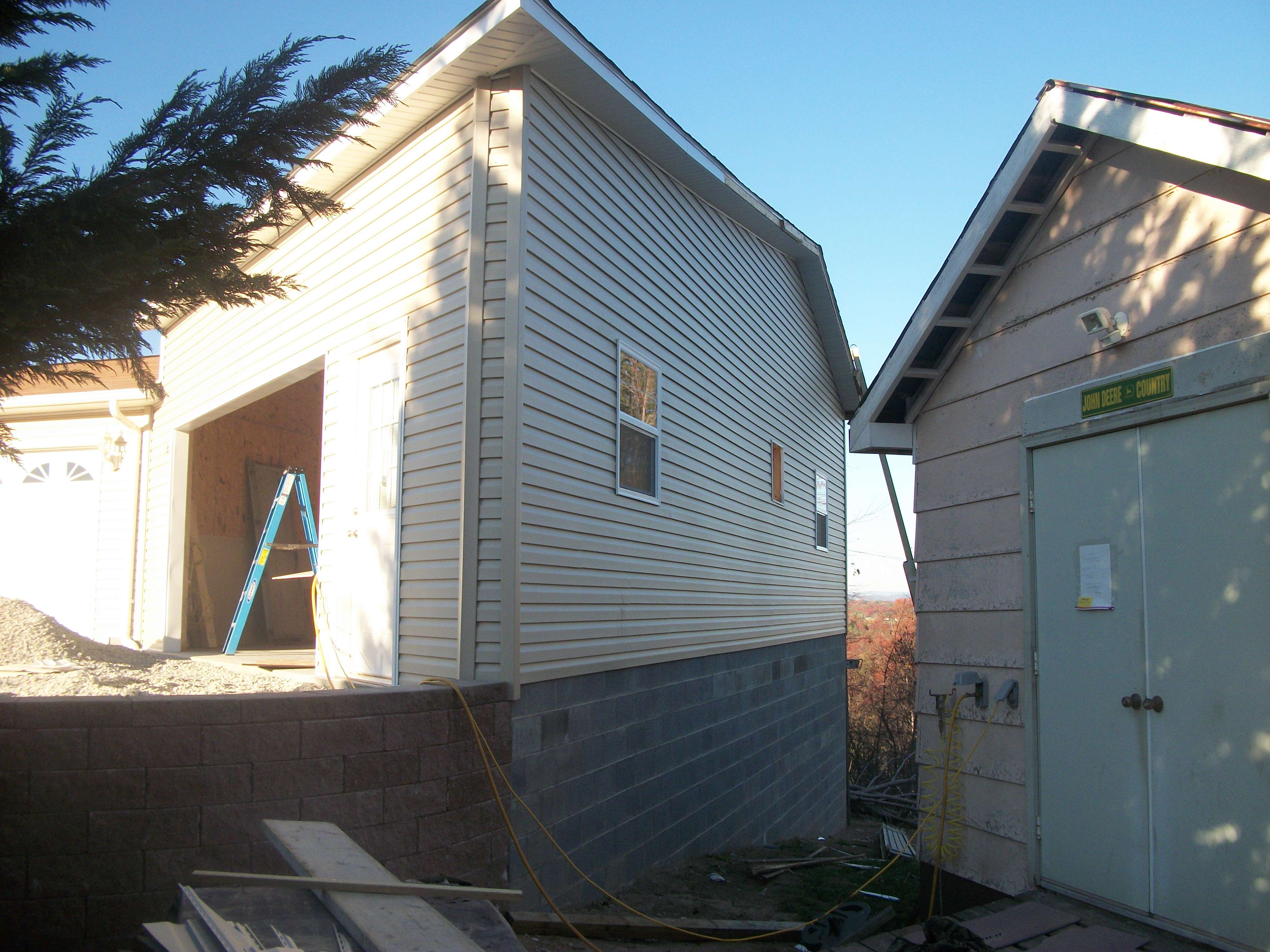
The fan has the automatic shutters that open when its operating.
I'm planning on putting plexiglass doors on both sides of the fan control, that way I can cut the fan off when entering/exiting the man door to keep the trash out.
Also this is a weird building. Its built on an angle to flow with my driveway and land layout. I'm thinking about installing a body shop curtain on the beam to isolate the rest of the front of the building.
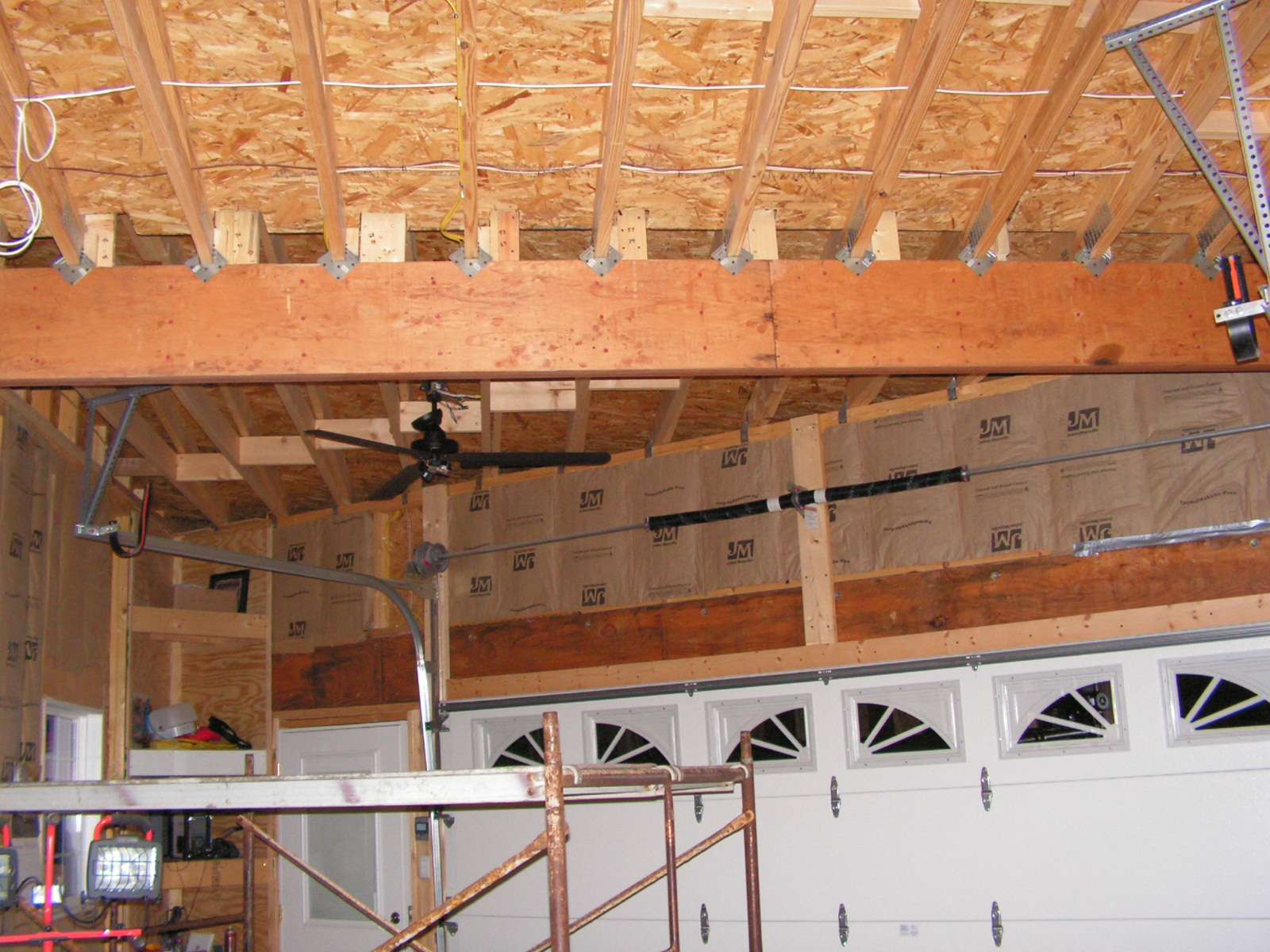
Well that's what Ive been working on. Am I crazy, or way off. I have no idea on calculating air movement.
I have not purchased any lights yet. I know I want lights on the wall, just not sure which ones.
Thanks for any advice. Russ
This addition was suppose to be dedicated for this type of work. I have almost got it too nice to spray paint inside of it for different reasons, but I'm not going to let it stop me (I hope). The main size of the garage is 20x24 with scissor trusses. The ceiling height is around 12.5ft.
Let me know what you guys think about this: My plan is to pull fresh air from my existing garage into the new garage via an exhaust fan that is installed in the wall. I'm planning on installing two windows in the old garage that I can put filters in. The air would then pass through a filtered wall and into the spraying area, exiting through exhaust filters before the exhaust fan. The fan is a variable speed. I'm also planning on building doors to cover the filters when they are not in use.
The filtered wall will have a total of 15 tacky 20x20 filters:
3 filters on one side of the man door and 12 on the other side which will be directly across from the exhaust fan.
Here are some pics:



This is the other side (spraying area). I haven't cut the osb yet where the filters are:
3 filters area between the two white hanging towels:

other side where 12 filters will be:

Fan


Here is the outside of the building:

The fan has the automatic shutters that open when its operating.
I'm planning on putting plexiglass doors on both sides of the fan control, that way I can cut the fan off when entering/exiting the man door to keep the trash out.
Also this is a weird building. Its built on an angle to flow with my driveway and land layout. I'm thinking about installing a body shop curtain on the beam to isolate the rest of the front of the building.

Well that's what Ive been working on. Am I crazy, or way off. I have no idea on calculating air movement.
I have not purchased any lights yet. I know I want lights on the wall, just not sure which ones.
Thanks for any advice. Russ
